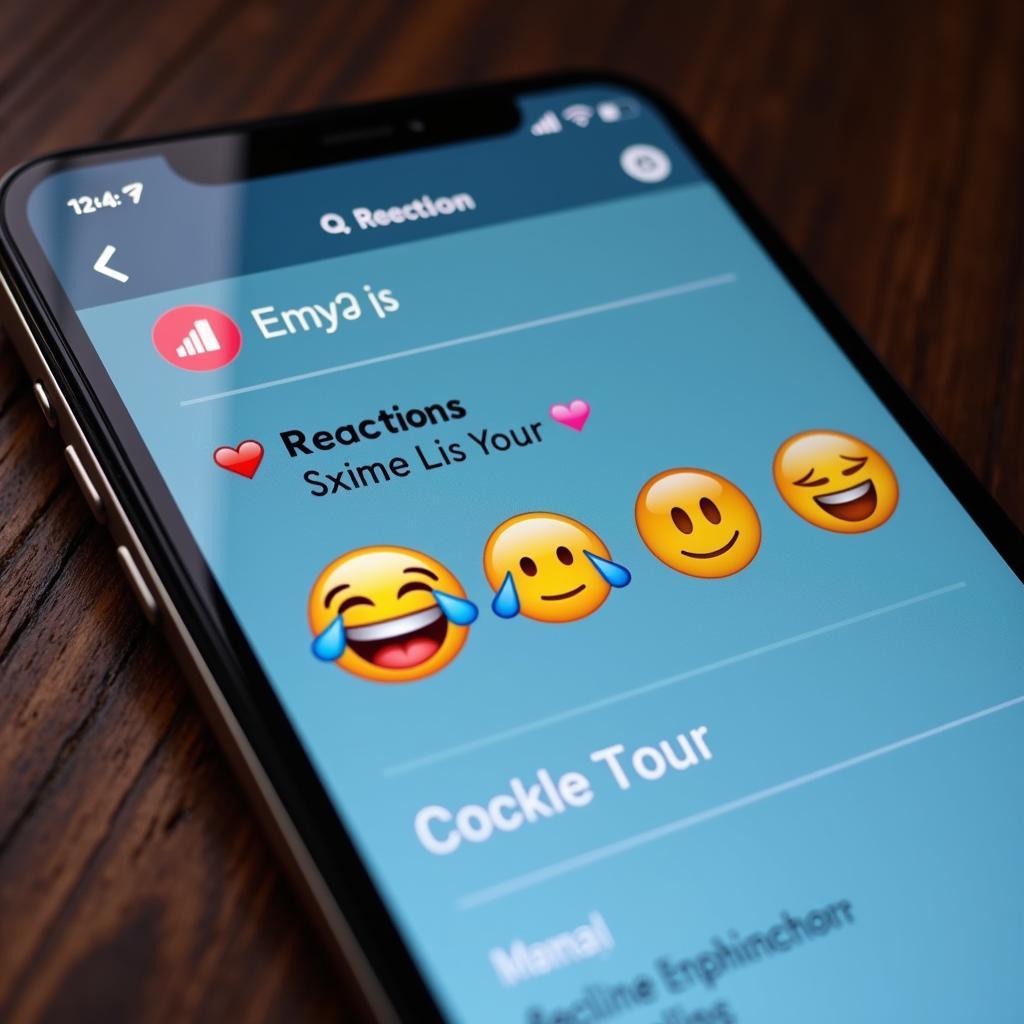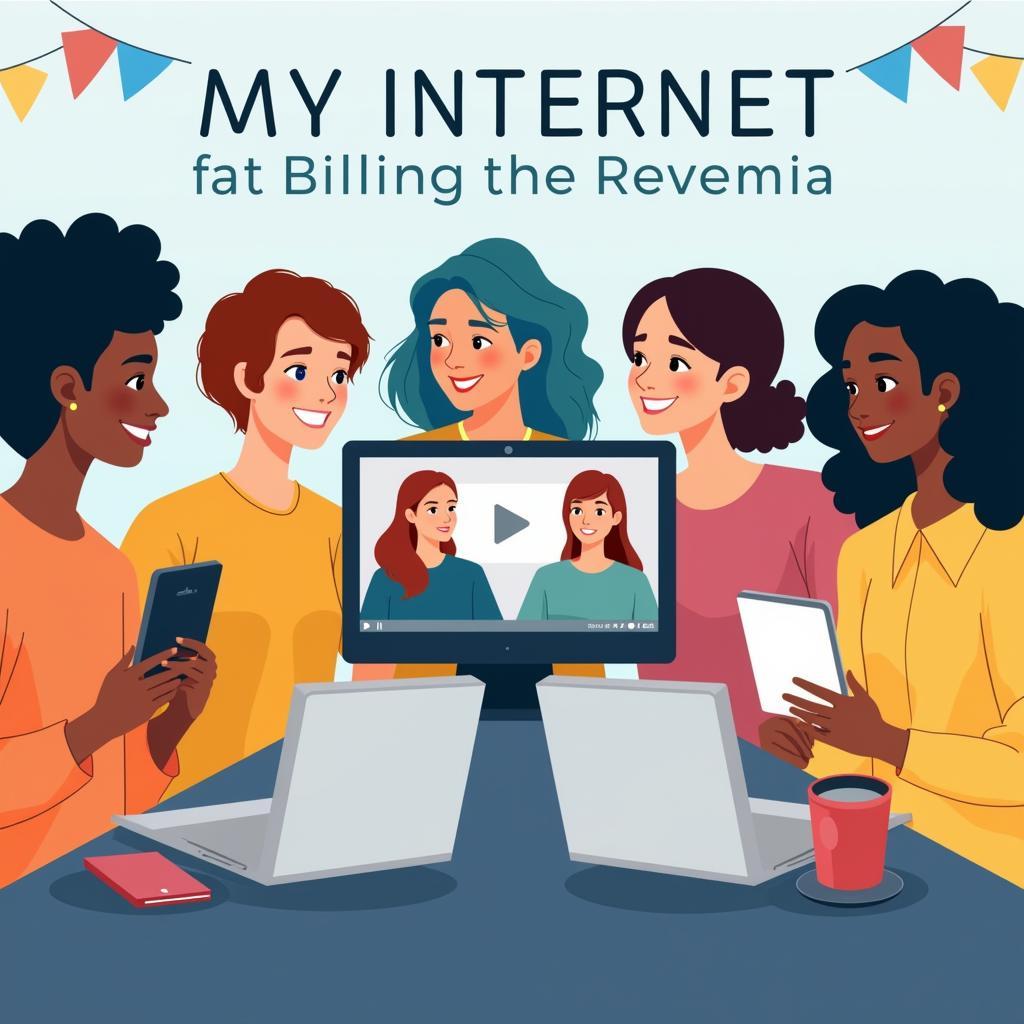The phrase “Public Society Porn” might seem jarring at first glance, juxtaposing seemingly disparate concepts of public life and explicit content. This exploration aims to delve into the heart of this complex issue, unpacking its potential meanings and analyzing its implications within our increasingly digital world. While the term itself might appear to be about pornography, it’s crucial to approach it with a nuanced perspective, recognizing that its interpretation can extend beyond literal sexual content.
Deconstructing “Public Society Porn”: Beyond the Surface
At its core, “public society porn” could be understood as a commentary on the ways in which certain aspects of our shared social lives are displayed and consumed in the digital realm. It prompts us to consider:
- The Commodification of Privacy: In an age of social media, the boundaries between private and public are increasingly blurred. What are the ethical implications when personal experiences, often manipulated for online validation, become a form of “public consumption”?
- The Spectacle of Suffering: From graphic news images to viral videos documenting violence, we are constantly bombarded with distressing content. Does the constant exposure to such imagery desensitize us or contribute to a voyeuristic fascination with the suffering of others?
- The Distortion of Reality: Carefully curated online personas and the pursuit of “likes” can create a distorted reflection of reality. How does this impact our perceptions of ourselves and others, and what are the potential consequences for genuine human connection?
 The Public Display of Emotions Online
The Public Display of Emotions Online
The Allure and Danger of the “Public Society Porn” Phenomenon
The concept of “public society porn” taps into a fundamental human paradox: our simultaneous desire for privacy and our yearning for connection. We crave authenticity, yet we often find ourselves drawn to the curated, the sensationalized, and the seemingly unattainable. This tension fuels the cycle of consumption and contributes to:
- Erosion of Empathy: Constant exposure to exaggerated or staged online content can desensitize us to the genuine struggles of others.
- Fueling of Division: When we primarily engage with content that reinforces existing biases, it becomes challenging to bridge divides and cultivate understanding.
- Perpetuation of Harmful Stereotypes: The selective presentation of certain narratives online can contribute to the perpetuation of harmful stereotypes and prejudices.
Reclaiming Our Digital Landscape: Fostering Meaningful Connections
While the challenges posed by “public society porn” are significant, they are not insurmountable. By engaging in critical reflection and promoting responsible digital citizenship, we can begin to reshape the online landscape:
- Cultivating Media Literacy: By developing a critical lens through which to consume online content, we can better discern between authentic representation and manufactured narratives.
- Promoting Responsible Sharing: We can each make conscious choices about the content we consume and share, opting for materials that uplift, educate, and inspire meaningful dialogue.
- Building Bridges of Understanding: Engaging in respectful conversations with those who hold differing viewpoints can help challenge echo chambers and foster empathy.
Moving Forward: A Collective Responsibility
Ultimately, addressing the complex issues surrounding “public society porn” requires a collective effort. By fostering a digital environment characterized by empathy, critical thinking, and a commitment to ethical engagement, we can harness the power of technology to build bridges of understanding and create a more just and equitable world for all.
private society porm: Explore further insights into the nuances of online privacy and its implications in the digital age.
 Building Bridges: Fostering Authentic Connections Online
Building Bridges: Fostering Authentic Connections Online
Let us strive to be mindful digital citizens, using our voices and platforms to advocate for positive change and create a digital landscape that reflects the best of humanity.
 using WordPress and
using WordPress and